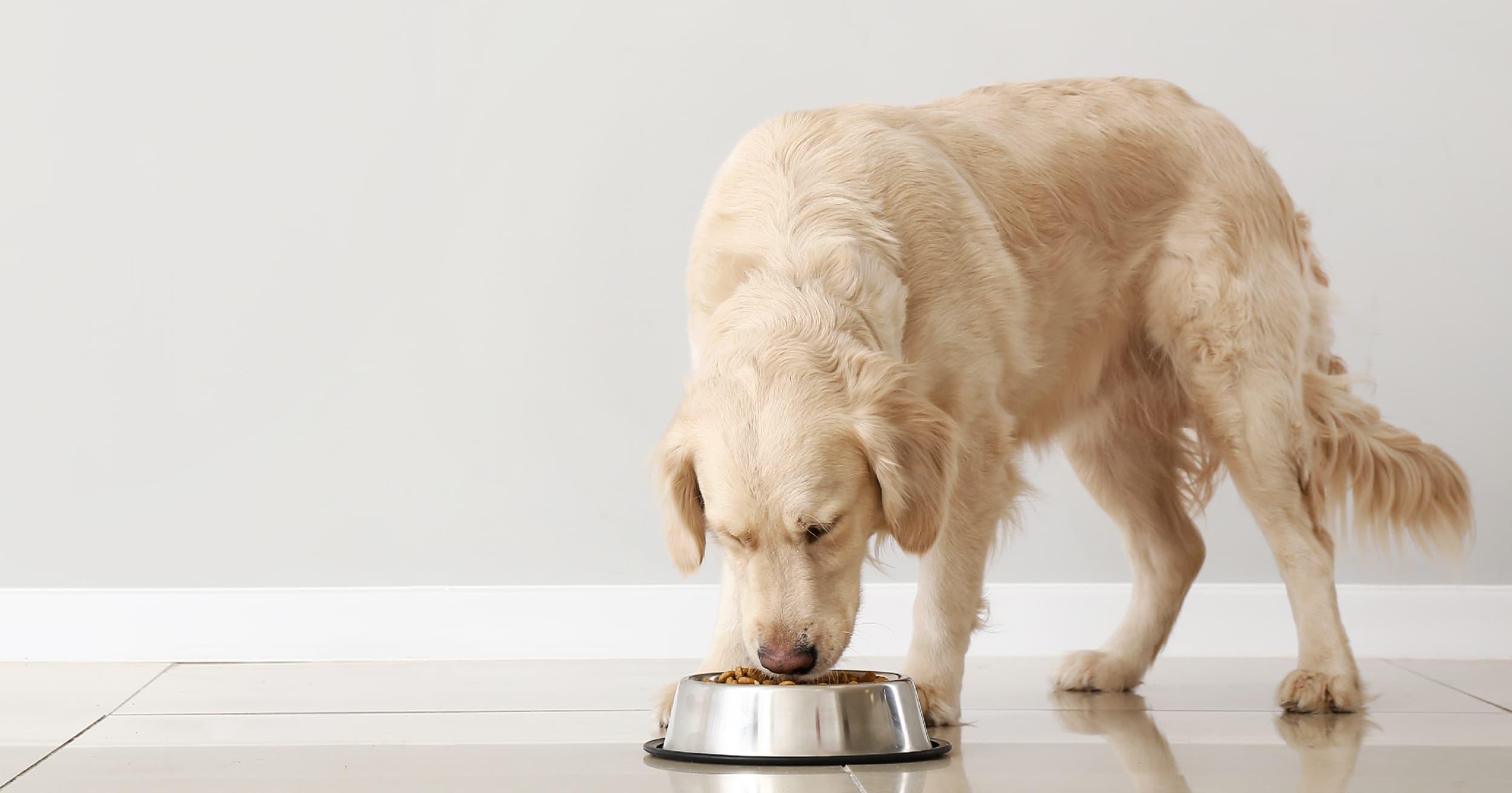Obesity Changes Your Dog’s Fecal Microbiome

Could changes in your dog’s fecal bacteria populations indicate your dog is at risk for an obesity-related disease? Possibly. Molecular technology allows researchers to explore the populations of bacteria in dog feces and look for differences between normal weight and obese dogs. The goal is to use that information to help track health changes in dogs.
A Gut Full of Microbes
Your dog’s gastrointestinal tract is home to trillions of microorganisms, most of which are bacteria. This population of bacteria, viruses, fungi and other single-cell organisms living in the stomach, small intestine and colon is called the gut microbiota. There is also an oral microbiota, but this is considered a separate population. Members of the gut microbiota have many roles including stimulating the immune system, helping to defend against disease-causing pathogens, helping to digest certain food components like dietary fiber, producing some vitamins (e.g., folic acid, vitamin K and biotin) and helping the lining of the intestine to develop properly.
Studying the Microbiome
The gut microbiome is the name given to all of the genes that belong to the microorganisms in the gut microbiota. The number of bacteria and their species diversity increases gradually along the digestive system (starting with the stomach), with the large intestine having the greatest diversity and numbers of bacteria. Feces has its own microbiome and is often used by researchers to better understand the gut microbiome of dogs. Scientists can use gene sequencing technologies to identify the bacteria in the fecal microbiome by extracting DNA from fecal samples.
Obesity Changes the Fecal Microbiome and Metabolome
Researchers have reported differences in the fecal microbiome between normal weight and obese dogs. In one study, the microbiome composition was correlated with body condition score (how lean or overweight a dog is). Obese dogs showed an increase in Firmicutes bacteria and a decrease in Bacteroidetes. The ratio of Firmicutes to Bacteroidetes was also lower in normal weight dogs compared to obese dogs. It was suggested that these changes may cause more energy to be extracted from food, eventually leading to an increase in fat development. However, scientists are still debating how these microbiome differences are related to obesity.
Researchers can also study metabolites (small molecules found in biological samples, collectively called the metabolome) to look for metabolic changes between obese and normal weight dogs (i.e., differences in the chemical processes that convert food to energy). One study found differences in the fecal microbiome and fecal, urine and blood (plasma) metabolites of normal weight dogs versus overweight or obese dogs. The researchers suggested that the pattern of microbiota and metabolome shifts observed between normal weight and overweight or obese dogs could help detect changes in overweight dogs before they develop obesity-related diseases (e.g., diabetes, renal disease, liver disease). It would be a useful tool for veterinarians monitoring dogs who are overweight, but further studies are needed to confirm the research.
The Dysbiosis Index
A similar tool is already available for veterinarians to monitor the treatment responses of dogs with chronic enteropathy (gastrointestinal upset lasting more than three weeks). An imbalance of the gut microbiota (called dysbiosis) can occur in dogs with chronic gastrointestinal disease. The dysbiosis index is an algorithm used with fecal sample gene sequencing that provides reference intervals for what is a normal microbiome and what indicates dysbiosis. Veterinarians can use the dysbiosis index to check that the treatment they’re prescribing is returning the dog’s microbiome to normal.
Scientists are still learning what changes in the fecal microbiome mean for obese dogs, but the information could help in the future with weight management programs and early detection of obesity-related diseases. Stay tuned!
RELATED POST: Prebiotics vs. Probiotics: Does Your Pet Need Them?
